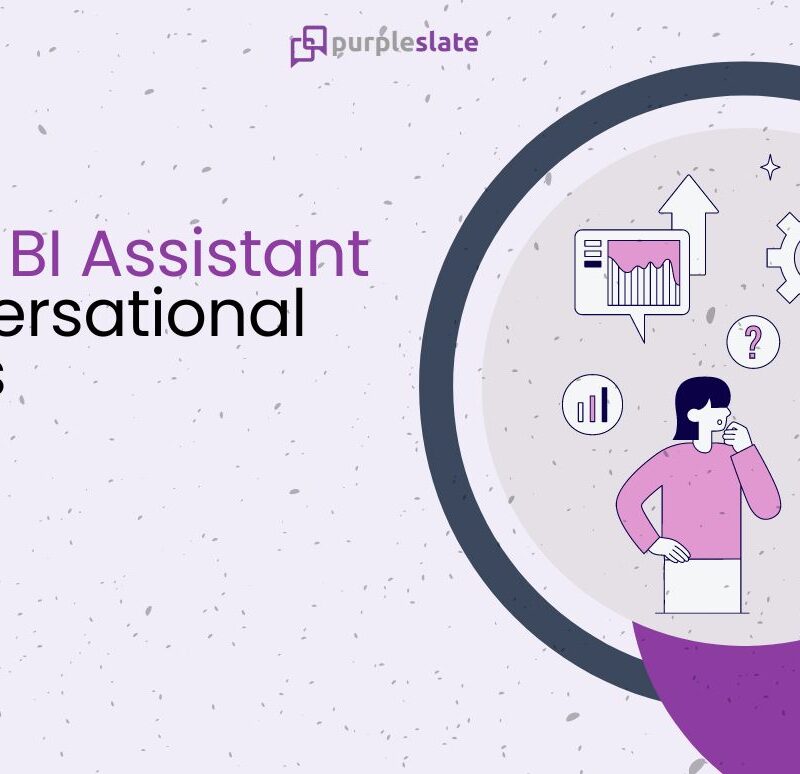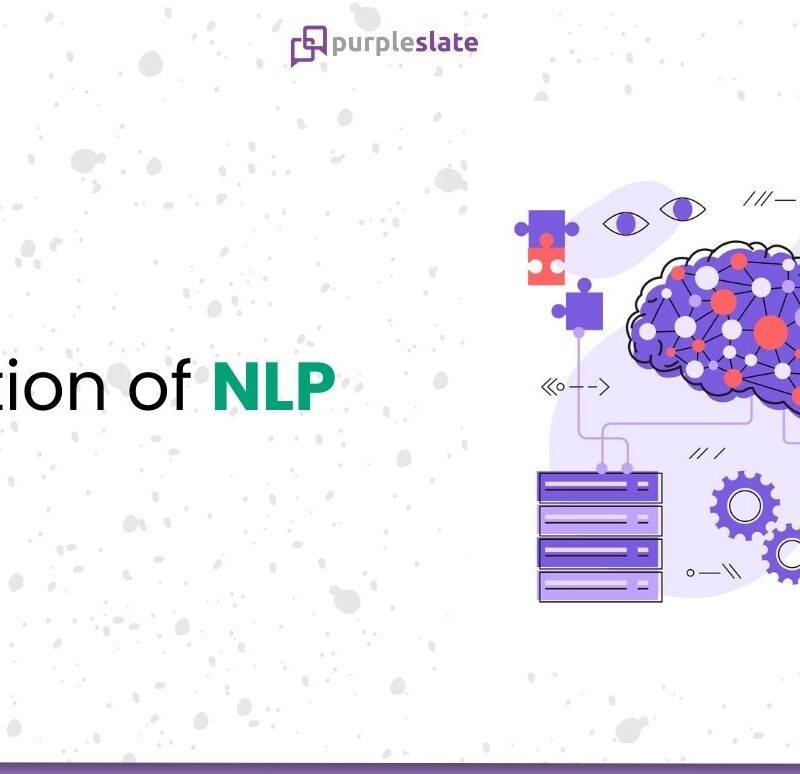Categories
- Analytics Glossary
- Artificial Intelligence
- Back To Basics
- Blogs
- Books
- Business Intelligence
- Case Studies
- Case Study Summary
- Conversational AI
- Conversational Insights
- Conversational Insights Glossary
- Culture
- Data Analytics
- Data Engineering
- Data Management
- Data Quality
- Data Science
- Data Visualization
- Deep Work
- Digital Transformation
- Disruption
- Education
- Events
- Future
- Generative AI
- Guide
- Innovation
- Inspiration
- InsurTech
- LLM
- Org Culture
- Politics
- Practice
- purpleScape
- Talent
- Technology
- Upcoming Events











